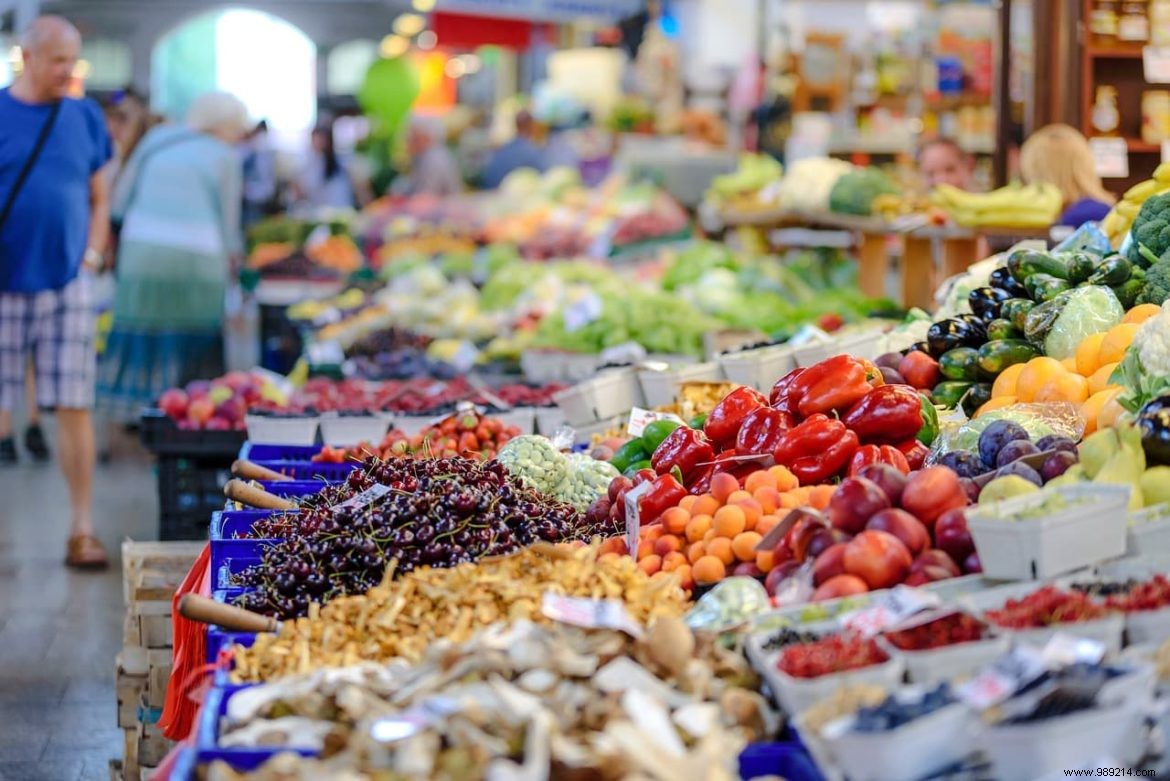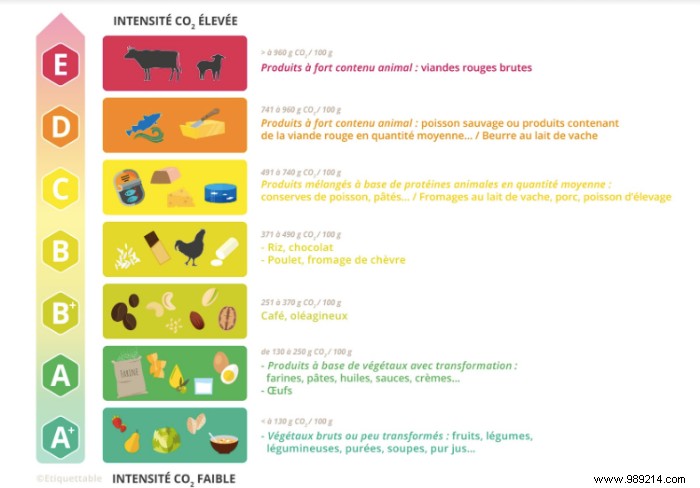
La Fourche, an online organic store, is the first retailer to display the carbon footprint of the food products in its catalog
Contents 1 The Fork 2 Calculating the carbon footprint:a French first 3 Among the criteria studied to calculate the carbon footprint, we find:4 Food is the first source of greenhouse gas emissions .In a context of crisis of confidence in supermarkets and unprecedented industrialization of the organic food sector, the French are more than ever in demand for transparency. To help them see more clearly, La Fourche, an online organic store, in partnership with Etiquettable, a collaborative sustainable cooking application created by ECO2 Initiative, has calculated the carbon footprint of the food products distributed on its site.
How can a consumer sort through the mass of divergent information he receives? Off-season organic tomatoes produced in France generate almost 10 times more CO2 than tomatoes imported from Spain. Glass packaging, which is more easily recyclable, is often considered more environmentally friendly. However, they generate 3 to 5 times more CO2 than plastic packaging, recycling rate included.
“We are only now beginning to understand that the over-consumption of meat poses serious environmental problems. But do we suspect that one kilo of beef is equivalent in terms of carbon footprint to more than 100 kilos of seasonal vegetables and fruits? The approach that we have undertaken with Etiquettable aims to simplify the understanding of these issues and to meet the need for transparency of citizen consumers. And ultimately help everyone reduce the carbon footprint of their food” explains Lucas Lefebvre, co-founder of La Fourche.

La Fourche is an online organic store that offers a selection of quality organic products from responsible production at prices up to 50% lower than in stores. La Fourche works thanks to a community of members who pay €59.90/year to order as much as they want on the site and have them delivered anywhere in France and Belgium. La Fourche thus divides its margins by 4 and saves its members an average of €250/year.
La Fourche fights to make organic and responsible consumption accessible to all through its attractive prices but also thanks to the concept of "give one buy one", which allows, for any subscription purchased, to offer a subscription to a household in precarious situation.
This is the first time that work of this magnitude has been carried out in France. In total, nearly 1,100 products were evaluated for more than a year, taking into account all stages of production, processing, storage, transport and packaging. These data are based on figures from ADEME, a state agency specializing in the subject.
The carbon footprint is indicated in grams of CO2 released per 100 g of product (product example). 104 gCO2/100g therefore means that 104 g of CO2 were released into the atmosphere to produce 100 g of the product in question. This footprint is supplemented by a carbon rating ranging from A+ to E, which makes it possible to compare the carbon impact of the product in question with the foods usually consumed by the French (based on ADEME figures).
"In the absence of an official CO2 indicator that is easy for the consumer to decipher, and because a quantity of CO2 is not very meaningful in itself, we have been working for several years on establishing a index that allows a simple way to compare the carbon intensity of food products. This index comes from the analysis of thousands of products and allows with a score out of 100 and a color code to know if the product has a high carbon footprint, and therefore to be consumed in moderation. says Shafik Asal, co-founder of Etiquettable.
Climate change is undoubtedly the greatest challenge facing humanity. La Fourche was created by 3 young entrepreneurs with the ambition to help the French to consume in a more responsible and ethical way. After being the first distributor in France to display the Yuka score, La Fourche continues to innovate by displaying the carbon footprint of its products, a relevant indicator to guide consumers wishing to take daily action to preserve the planet.
For more information:Lafourche.fr